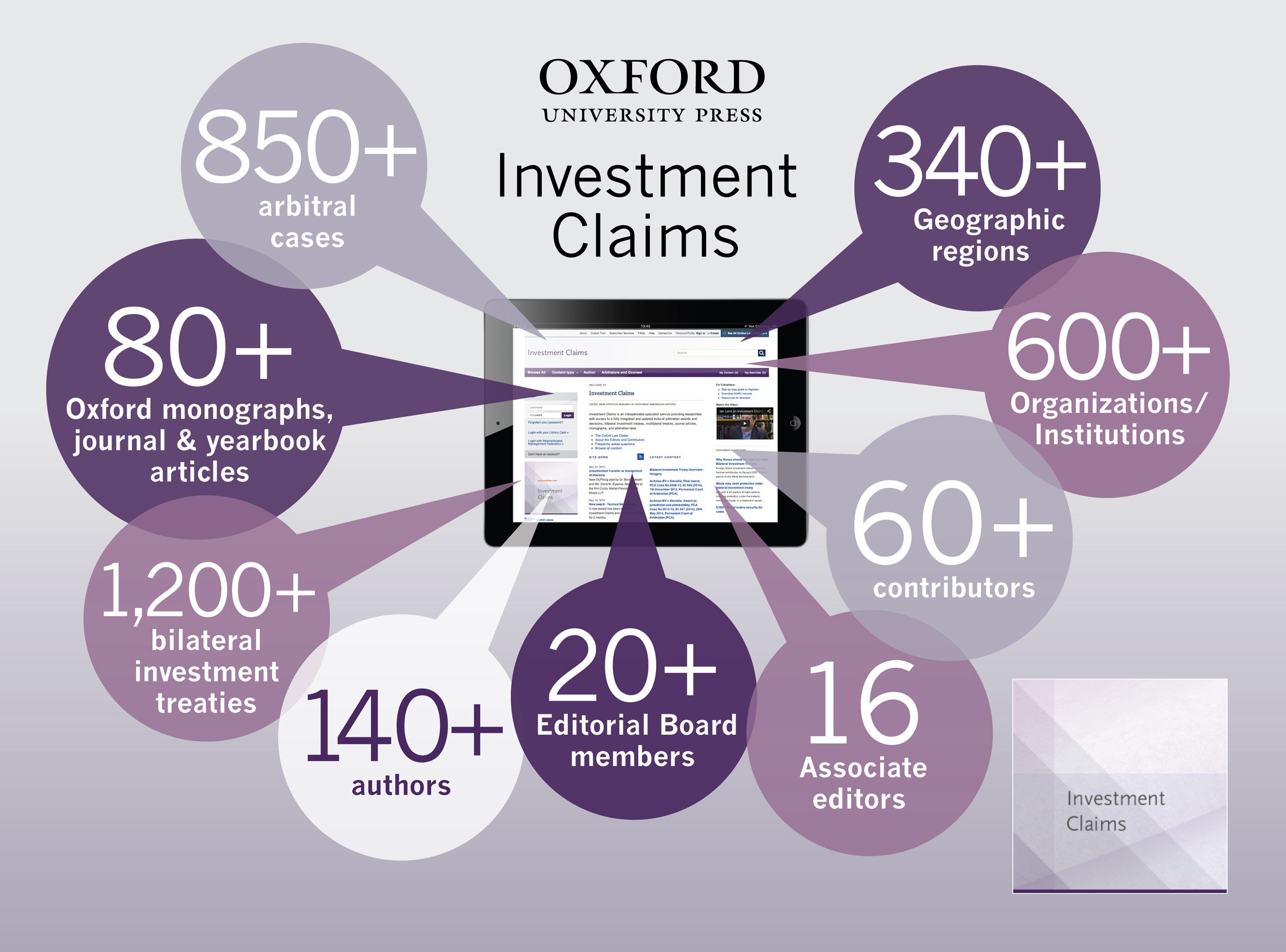How The Worker Retention Tax Credit Can Assist Your Service Cut Expenses

Article writer-Melendez Sykes
Hey there, entrepreneur! Are you seeking to reduce expenses and also conserve your service some money? Well, have you come across the Staff member Retention Tax Obligation Credit History?
This obscure tax credit history could be simply what your business requires to keep your employees on board and your financial resources in check. The Employee Retention Tax Obligation Credit History (ERTC) was introduced by the federal government as part of the CARES Act in 2020, and also it's been extended through 2021.
The ERTC is a refundable tax obligation credit score that enables qualified companies to declare approximately $5,000 per employee for salaries paid in between March 13, 2020, and December 31, 2021. In other words, it's a way for businesses to lower their payroll taxes while maintaining their staff members on the payroll.
Yet exactly how do you recognize if you're qualified for the ERTC? Allow's discover.
Understanding the Employee Retention Tax Credit
You'll wish to understand the Staff member Retention Tax Credit to see if it can profit your organization as well as conserve you money. The credit rating was developed as part of the Coronavirus Aid, Relief, and also Economic Security (CARES) Act to provide economic alleviation to organizations affected by the pandemic.
To be qualified for the debt, your company should have been fully or partly put on hold due to a government order related to COVID-19 or have actually experienced a substantial decrease in gross receipts. The credit history is equal to 50% of certified salaries paid to every employee, approximately a maximum of $5,000 per staff member.
This suggests that if you paid an eligible staff member $10,000 in qualified wages, you might receive a credit report of $5,000. Understanding the Staff Member Retention Tax obligation Credit rating can help you establish if it's a feasible option for your organization and also possibly save you money on your tax obligations.
Qualifying for the Worker Retention Tax Credit Scores
Before diving into the information of qualification criteria, let's take a moment to comprehend what this credit entails. The Worker Retention Tax Credit History (ERTC) is a tax obligation credit history provided to services that have actually been affected by the COVID-19 pandemic. It's designed to urge companies to maintain their employees on pay-roll by supplying a financial incentive.
ERTC can help companies cut expenses by balancing out the expense of employee wages as well as medical care advantages. This credit is available to services of all sizes, consisting of non-profit companies.
To receive the ERTC, there are certain eligibility standards that businesses have to satisfy. To start with, the business must have been affected by the COVID-19 pandemic either through a partial or full suspension of procedures or a decrease in gross receipts. Secondly, the business should have less than 500 employees. Organizations with more than 500 workers can still qualify for the credit if they meet specific standards.
Last but not least, business has to have paid incomes as well as healthcare advantages during the period it was impacted by the pandemic. Recognizing the qualification standards is crucial for businesses as it can help them figure out if they get the credit rating and also how much they can declare.
Maximizing Your Benefit from the Worker Retention Tax Credit Rating
Now that you comprehend the eligibility requirements, allow's dive into how to get the most out of the Employee Retention Tax Credit scores as well as make the most of the economic benefits for your business. Below are 4 means to help you do simply that:
1. Determine https://zenwriting.net/dalila38randy/exploring-the-staff-member-retention-tax-obligation-credit-secret-facts-you qualified wages precisely: Ensure you're determining the credit based on the salaries you paid during the eligible duration. This includes any health insurance costs you paid on behalf of your workers.
2. Think about amending previous payroll tax filings: If you really did not make use of the tax debt in the past, you can amend previous pay-roll tax obligation filings to assert the credit scores and get a refund.
3. Make use of the payroll tax obligation deferral provision: If you're eligible for the credit rating yet would certainly still such as to preserve cash, think about deferring the deposit as well as settlement of the employer's share of Social Security tax obligations.
4. Keep extensive records: It's necessary to maintain thorough documents of the earnings as well as certified health insurance expenditures you paid throughout the qualified duration to support your credit report insurance claim. By doing so, you can ensure that you obtain the maximum benefit feasible from the Employee Retention Tax Credit History.
Conclusion
Congratulations! You have actually simply learned about the Staff member Retention Tax Obligation Credit History as well as how it can help reduce expenses for your service.
By recognizing the eligibility requirements and also maximizing your advantage, you can reduce tax obligations and maintain employees on payroll.
Yet wait, still unclear regarding exactly how to use? Do not stress, seek https://www.tasb.org/services/hr-services/hrx/hr-trends/employee-engagement-hits-a-low.aspx from a tax expert or human resources professional to guide you via the procedure.
Bear in mind, every dollar saved is a dollar earned. The Employee Retention Tax Credit scores is a fantastic possibility to conserve cash while keeping beneficial employees.
So what are you waiting for? Act currently and capitalize on this tax obligation debt to support your company and also workers.
Your initiatives will certainly not just benefit your profits yet additionally add to the development of the economy.

